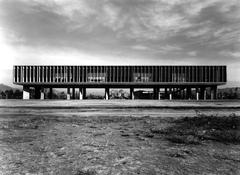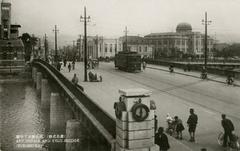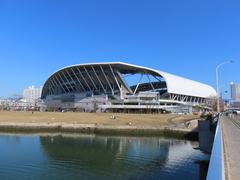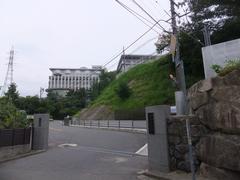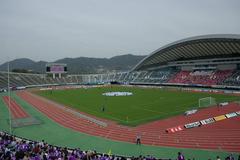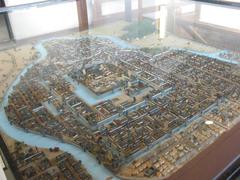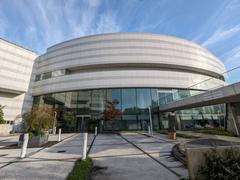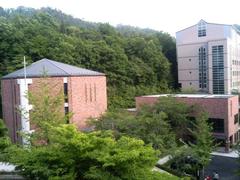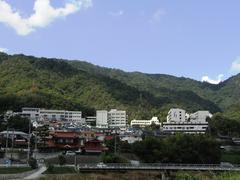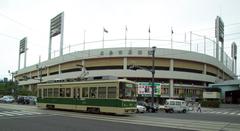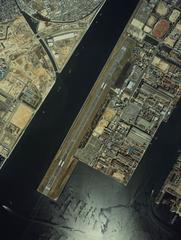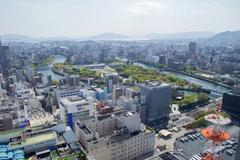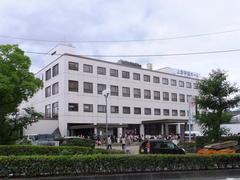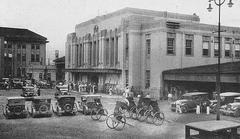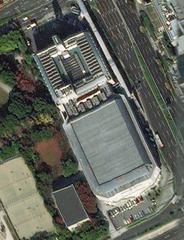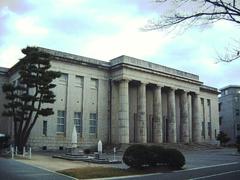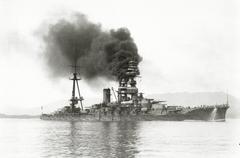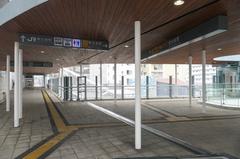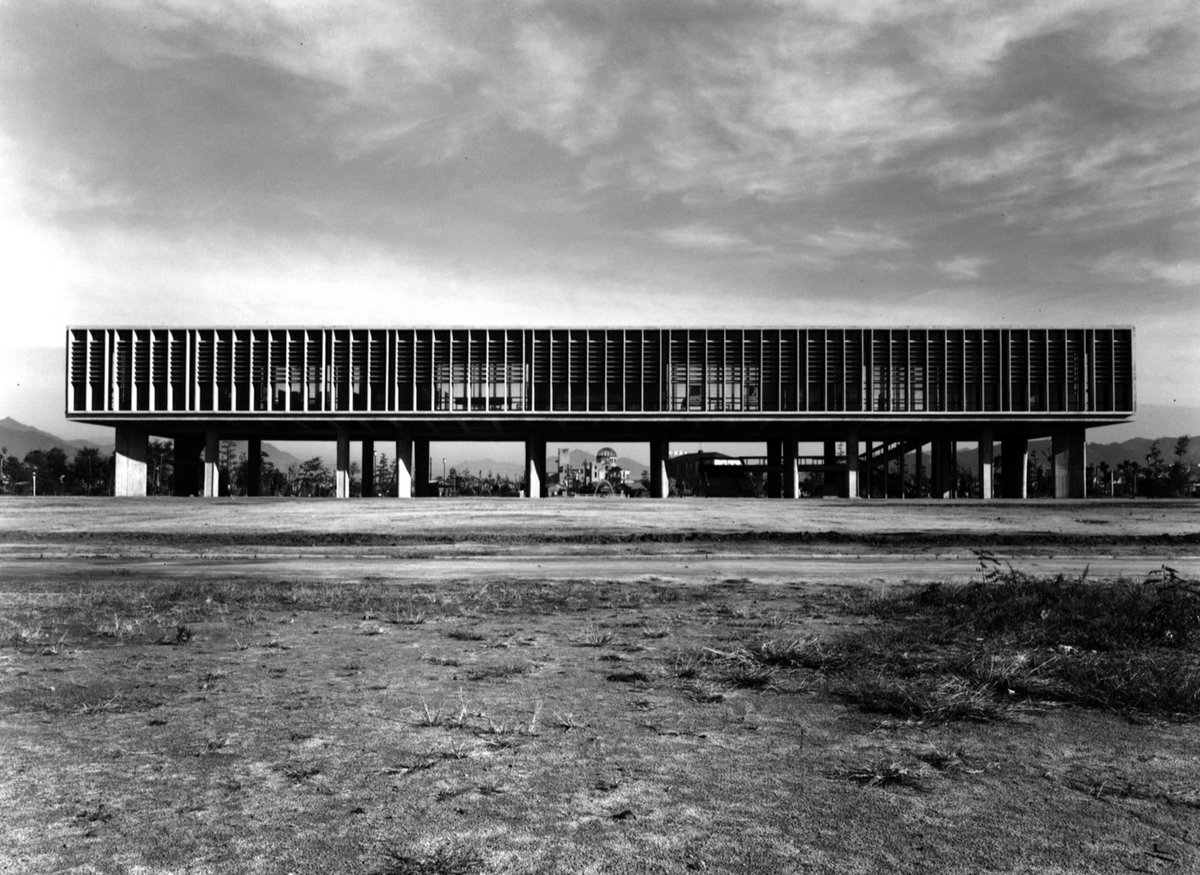
Hiroshima Peace Memorial Museum Visiting Hours, Tickets, and Travel Guide
Date: 14/06/2025
Introduction
The Hiroshima Peace Memorial Museum is a globally recognized institution dedicated to preserving the memory of the atomic bombing of Hiroshima on August 6, 1945. Situated within Hiroshima Peace Memorial Park, the museum serves as a vivid reminder of the catastrophic consequences of nuclear warfare and stands as a beacon for global peace and nuclear disarmament. Established in 1955 and designed by renowned architect Kenzō Tange, the museum attracts millions of visitors annually who come to witness its profound collection of artifacts, survivor testimonies, and educational exhibits. This comprehensive guide provides up-to-date information on visiting hours, ticketing, accessibility, exhibits, and surrounding historical sites, ensuring a meaningful and respectful visit. For the latest details, visit the Hiroshima Peace Memorial Museum official site. Additional perspectives are available from National Geographic, CNN Travel, and Japan Travel.
Table of Contents
- Introduction
- Historical Background
- Visiting the Hiroshima Peace Memorial Museum
- Museum Architecture and Layout
- Visitor Experience and Flow
- Notable Key Exhibits
- Educational and Reflective Spaces
- Frequently Asked Questions (FAQs)
- Visitor Tips for a Meaningful Visit
- Safety and Health Measures
- Visuals and Media
- Conclusion
- References and Further Reading
Historical Background
Origins and Development
Established in 1955, the Hiroshima Peace Memorial Museum was created as part of Hiroshima’s effort to commemorate the victims of the atomic bombing and to educate future generations about the consequences of nuclear weapons (Wikipedia). The museum’s inception reflected the city’s commitment to nuclear disarmament and peace advocacy (Britannica).
The Atomic Bombing of Hiroshima
At 8:15 AM on August 6, 1945, the atomic bomb “Little Boy” devastated Hiroshima, killing an estimated 70,000–80,000 people instantly and raising the death toll to around 140,000 by the end of the year due to injuries and radiation (National Geographic). This event marked a turning point in history and underscored the urgent need for peace and nuclear abolition.
The Atomic Bomb Dome and Memorialization
The Genbaku Dome, now a UNESCO World Heritage Site, stands as a stark reminder of the bombing’s destruction. Preserved since 1966, it is one of the few structures near the hypocenter to have survived and symbolizes the resilience and spirit of Hiroshima (Britannica).
Survivor Testimonies and Hibakusha
Central to the museum’s mission are the stories of hibakusha (atomic bomb survivors), whose testimonies are presented through video, written accounts, and public talks. These personal narratives humanize the historical event, fostering empathy and a deeper understanding among visitors (CNN Travel).
The Peace Memorial Park and Annual Ceremonies
Located within Hiroshima Peace Memorial Park, the museum is surrounded by monuments such as the Memorial Cenotaph and the Children’s Peace Monument. Annual events, especially on August 6, reinforce the city’s commitment to remembrance and peace (Japan Travel - Ceremony).
Visiting the Hiroshima Peace Memorial Museum
Visiting Hours
- March–July: 8:30 AM – 6:00 PM
- August: 8:30 AM – 7:00 PM (extended to 8:00 PM on August 5 and 6)
- September–November: 8:30 AM – 6:00 PM
- December–February: 8:30 AM – 5:00 PM
- Last admission: 30 minutes before closing
- Closed: December 30 and 31
(Official museum info)
Tickets and Admission Fees
- Adults: ¥200 (approx. $1.50 USD)
- High School Students: ¥100
- Junior High and Younger: Free
- Audio Guides: ¥200 extra
(GetHiroshima)
Tickets can be purchased online or at the entrance. During peak seasons, online booking is recommended (museum ticketing info).
Accessibility
- The museum is fully wheelchair accessible, with elevators, ramps, and accessible restrooms.
- Wheelchairs are available for loan at the entrance.
- Multilingual support and audio guides are provided (official accessibility info).
- The surrounding Peace Memorial Park is also wheelchair-friendly.
Getting There
- Address: 1-2 Nakajima-cho, Naka-ku, Hiroshima 730-0811, Japan
- By Tram: Take lines #2 or #6 from Hiroshima Station to “Genbaku Dome-mae.”
- By Bus/Taxi: Available from Hiroshima Station
(JR Pass guide)
Nearby Historical Sites
- Atomic Bomb Dome (Genbaku Dome): UNESCO World Heritage Site (UNESCO)
- Children’s Peace Monument
- Cenotaph for the A-bomb Victims
- Peace Bell
- Hiroshima National Peace Memorial Hall for the Atomic Bomb Victims
- Hiroshima Castle and Shukkeien Garden (short distance away)
Museum Architecture and Layout
The museum, designed by Kenzō Tange, exemplifies postwar Japanese modernism with its elevated main building and glass façade (Japan City Tour). The complex includes:
- East Building: Historical context, Hiroshima’s pre- and postwar history, nuclear era background.
- Main Building: Artifacts, personal effects of victims, and survivor testimonies.
- Basement Level: Thematic exhibitions, library, and survivor testimony rooms (JAL Japan Travel).
Clear signage and digital maps in Japanese and English assist navigation (museum digital maps).
Visitor Experience and Flow
Suggested Route
- Start in the East Building to understand Hiroshima’s history and the build-up to the bombing.
- Proceed to the Main Building for artifacts, personal stories, and firsthand accounts.
- End with a visit to the message-for-peace corner or participate in memorial activities (Japan City Tour).
Emotional Impact
Exhibits are intentionally direct and emotionally powerful, often leaving visitors deeply moved. Spaces for reflection and messages for peace are provided (Nuclear Companion).
Visitor Facilities
- Rest Areas: Quiet lounges and video testimony rooms
- Aogiri Café: Light meals and refreshments
- Gift Shop: Peace-themed souvenirs and books
- Lockers: Coin-operated for personal belongings
- Library: Extensive materials on nuclear history
Photography and Conduct
Photography is generally allowed without flash or tripods, but some exhibits have restrictions. Visitors are asked to maintain a quiet, respectful atmosphere (Lestac World).
Notable Key Exhibits
- Tricycle of Shinichi Tetsutani: Symbolizes the innocent lives lost (Nuclear Companion).
- Stopped Watch: Marked at 8:15 a.m., the moment of the bombing.
- Lunchbox and School Uniforms: Personal effects of victims, with accompanying stories.
- Shadow on Stone: The “human shadow” etched into stone steps.
- Photographic Archives: Rare images and films from the immediate aftermath (Hiroshima Peace Memorial Museum).
- Survivor Testimonies: Audio-visual accounts from hibakusha.
Educational and Reflective Spaces
- Message for Peace Corner: Visitors can write reflections or peace messages (Japan City Tour).
- Special Exhibitions: Rotating displays and educational programs for students and international guests (Hiroshima Peace Memorial Museum).
- Guided Tours: Free tours by Peace Volunteers in multiple languages (museum programs).
Frequently Asked Questions (FAQs)
Q: What are the museum’s opening hours?
A: 8:30 AM–6:00 PM (seasonal variations; last admission 30 minutes before closing; closed Dec 30–31).
Q: How much are tickets?
A: Adults ¥200, high school students ¥100, free for junior high and younger.
Q: Is the museum wheelchair accessible?
A: Yes, with ramps, elevators, and accessible facilities.
Q: Are guided tours available?
A: Yes, free guided tours in multiple languages.
Q: Can I take photos?
A: Allowed in most areas; observe signage for restrictions.
Q: What languages are audio guides available in?
A: Over a dozen, including English, Japanese, Chinese, French, and more (Nerd Nomads).
Visitor Tips for a Meaningful Visit
- Arrive early or visit late afternoon to avoid crowds.
- Purchase tickets online in advance during peak seasons.
- Rent an audio guide for a deeper understanding.
- Allocate 1.5–2 hours or more for a comprehensive visit.
- Prepare emotionally and take breaks as needed.
- Engage with volunteer guides for deeper insights.
- Visit nearby Hiroshima historical sites for a fuller experience.
- For families, exercise discretion regarding sensitive exhibits.
Safety and Health Measures
The museum adheres to up-to-date safety protocols, including sanitization, crowd controls, and mask requirements during public health alerts (museum news).
Visuals and Media
High-quality images and virtual tours are available on the museum website and social media channels. Official photos showcase key exhibits, the museum’s layout, and annual memorial events.
Conclusion
The Hiroshima Peace Memorial Museum is more than a historical institution—it is a living testament to the resilience of Hiroshima and a global call for peace and nuclear disarmament. Through its powerful exhibits, survivor testimonies, and educational outreach, the museum fosters reflection and action, ensuring the lessons of Hiroshima will never be forgotten. Plan your visit by checking current hours and ticketing information, and consider exploring nearby landmarks to enrich your understanding of Hiroshima’s legacy. For further resources, download the Audiala app for guided tours and follow the museum’s official channels for updates.
